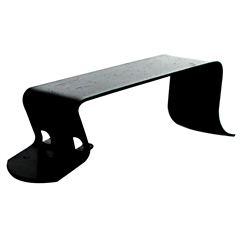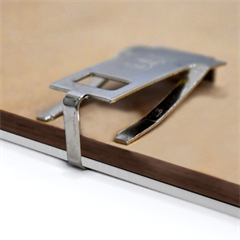Frame restoration is a specialized process that involves repairing and refurbishing old or antique picture frames to bring them back to their former glory. These frames may have suffered from wear and tear, damage, or the effects of aging. Frame restoration can be a valuable endeavor, as it can help preserve the historical and aesthetic value of the frame while enhancing the overall presentation of the artwork it holds. Here are the key steps and considerations involved in frame restoration:
- Assessment: Begin by thoroughly assessing the condition of the frame. Look for signs of damage, such as cracks, chips, missing pieces, or water damage. Determine the frame’s original materials, style, and finish, as this information will guide the restoration process.
- Cleaning: The first step in frame restoration is often cleaning. Over the years, frames can accumulate dirt, dust, grime, and even smoke residue. Carefully remove these layers of buildup to reveal the frame’s original finish and details. Use appropriate cleaning agents and techniques to avoid damaging the frame further.
- Repair: Repair any structural damage or missing pieces in the frame. This may involve gluing, clamping, or replacing damaged components. Skilled framers and conservators can rejoin broken corners, mend cracks, and restore decorative elements.
- Gilding and Finishing: If the frame has a gilded finish, it may require gilding restoration. This process involves carefully applying or retouching gold leaf or paint to match the frame’s original appearance. The goal is to restore the frame’s luster and shine.
- Conservation Techniques: If the frame is valuable or historically significant, consider employing conservation-grade materials and techniques to ensure the frame’s long-term preservation. This may include using reversible adhesives and avoiding invasive treatments.
- Matching Style: When restoring a frame, aim to maintain its original style and character. This includes replicating any decorative motifs, moldings, or ornamentation that may have been damaged or lost.
- Protective Measures: Consider adding protective UV-filtering glass to the frame to prevent further damage to the artwork it holds. UV radiation can cause fading and deterioration over time.
- Documentation: Document the restoration process through photographs and detailed notes. This documentation can be valuable for historical records and provenance documentation.
- Professional Expertise: Frame restoration is a specialized field that often requires the skills of experienced framers or conservators. It’s essential to work with professionals who have expertise in restoring frames, especially if you are dealing with valuable or antique frames.
- Budget Considerations: Frame restoration can vary widely in cost depending on the extent of the work needed and the materials involved. Set a budget and discuss it with the restoration expert before proceeding.
Frame restoration is a meticulous and artful process that can revive the beauty of old frames and enhance the presentation of the artwork they hold. It’s a valuable endeavor for collectors, museums, and individuals who wish to preserve the historical and aesthetic value of their frames while protecting the art within.

















